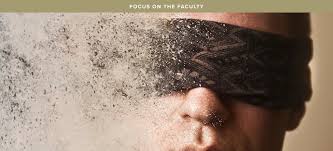
A printable device that acts like a retina and hopefully restore sight to the blind is being developed by Dr. Matthew Griffith at the Australian Centre for Microanalysis and the School of Aerospace, Mechanical and Mechatronic Engineering.
The device, a type of neural interface, is created from multi-colored, carbon-based semiconductors that uses absorbed light to fire the neurons that send signals from the eyes to the brain, essentially becoming an artificial retina.
Neural interfaces interact with a person's nervous system to record or stimulate activity. The device created by Dr. Griffith can be printed with the same, cost-effective technique that's used to print newspapers.
The device will be printed onto a flexible, soft surface using water-based inks that contain nerve growth factors and then a surgeon inserts it into the patient's retina. The retina then regains its lost functionality when stimulated by light once neurons reconnect to it. Experiments in mice have already proven to be successful with neurons being grown and maintained.
Andrea Schumann
Andrea Schumann is Customer Service Manager for Vitamin Science and is a regular contributor to the Shop VisiVite Blog. Andrea has a Bachelor of Science degree in Business Administration from Central Methodist University.



![Download [FREE Book Today]](https://no-cache.hubspot.com/cta/default/5009299/d9a95b1e-cc91-49c0-9d4d-0080f765610f.png)

Comments